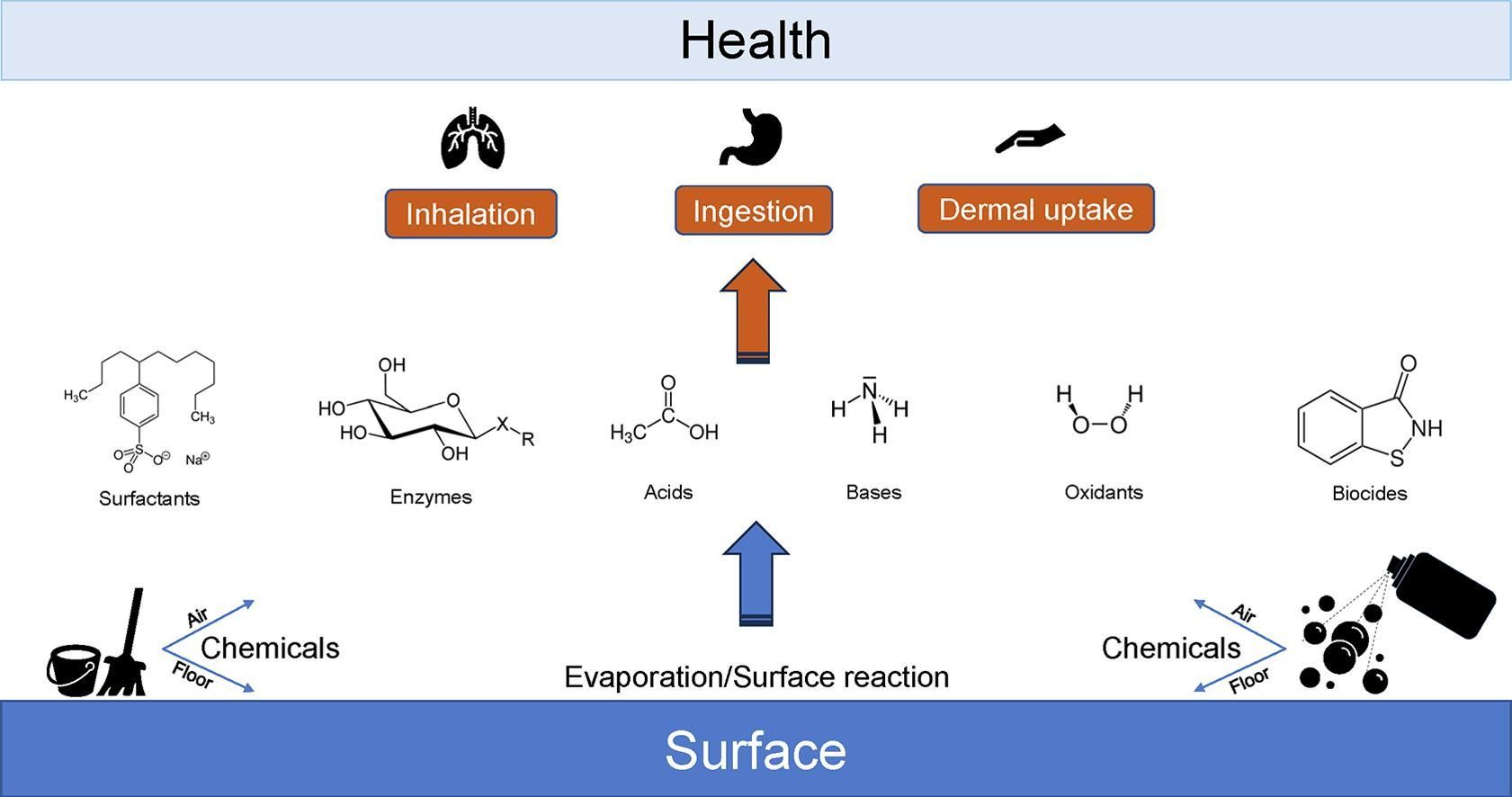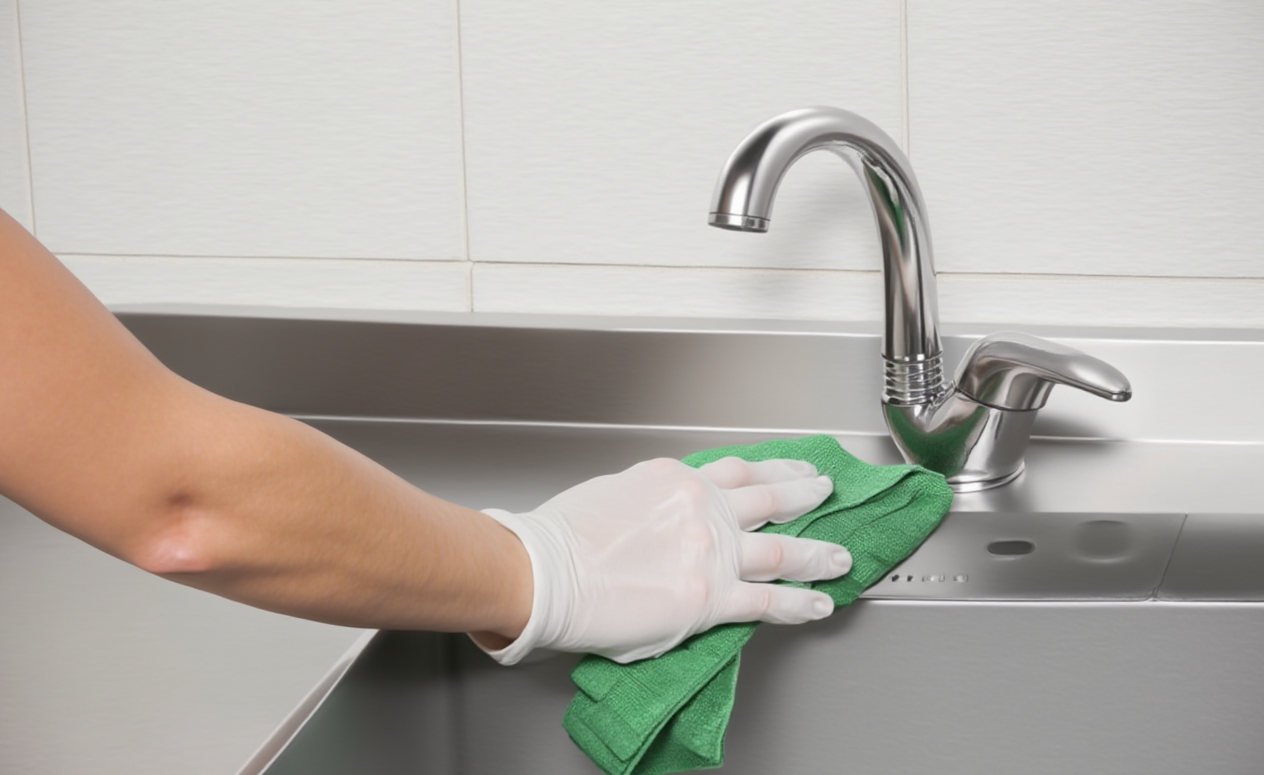Safe Cleaning Products for Aged Care Residents with Respiratory Issues
Why the Right Choice Matters
Maintaining a clean environment in Australian aged care facilities is non-negotiable, however not all cleaning products are created equal. When it comes to residents with respiratory conditions such as asthma, chronic obstructive pulmonary disease (COPD), or other sensitivities, the very products used to create a hygienic space can actually be the source of irritation, inflammation, or long-term health effects. Fortunately, advancements in safe, low-toxicity cleaning solutions offer a way forward, whereby cleanliness doesn’t come at the cost of respiratory health.
The Hidden Dangers in Conventional Cleaning Products
Many conventional cleaning products contain volatile organic compounds (VOCs), artificial fragrances, ammonia, chlorine, and other harsh chemicals. While these substances may do a fine job of disinfecting surfaces, they also release fumes that can linger in the air, irritate airways, and exacerbate existing respiratory conditions The American Lung Association stated “VOCs and other chemicals released when using cleaning supplies contribute to chronic respiratory problems, allergic reactions and headaches. Studies are underway to assess how these chemicals affect people who have asthma and other respiratory illnesses. Studies also link exposure to chemicals from cleaning supplies to occupational asthma and other respiratory illnesses” (American Lung Association, 2024).
In enclosed environments, such as aged care residences, poor ventilation can make matters worse. Residents, particularly the elderly, often have reduced lung capacity and compromised immune systems, which makes them more susceptible to airborne irritants. Repeated exposure to harsh cleaning agents can lead to coughing, wheezing, eye irritation, shortness of breath, and in some cases, long-term lung damage. Science Direct, as seen in (Figure 1) stated that “Although cleaning activities and cleaning products promote hygiene and are important in combating the spread of disease, the use of cleaning products may lead to harmful exposure to primary and secondary indoor air pollutants due to the emission of products and their reactions with other compounds in indoor air” (Salonen et al., 2024).
Figure 1

Cleaning Products That Support Respiratory Health
Shifting to non-toxic, respiratory-safe cleaning products isn’t just about avoiding harm, it can actively support healthier breathing environments for aged care residents. Products labeled as low VOC, fragrance-free, or hypoallergenic are designed to minimise airborne pollutants. Some natural ingredients, such as vinegar, bicarbonate of soda, or hydrogen peroxide, can also deliver effective cleaning results without releasing harmful fumes. More advanced formulations using plant-based surfactants and enzymes can break down grime and pathogens just as effectively as their chemical-heavy counterparts, without compromising indoor air quality.
For example, cleaners based on eucalyptus or tea tree oil offer antimicrobial benefits while also providing a mild, natural scent, which is an important factor when artificial fragrances can trigger allergic reactions or respiratory flare-ups.
Benefits Beyond Breathing
Switching to respiratory-safe cleaning products in Australian aged care facilities can provide a range of health and well-being benefits:
- Improved Indoor Air Quality: Clean air supports better sleep, increased alertness, and a reduced risk of respiratory infections.
- Reduced Incidence of Respiratory Symptoms:
Facilities that switch to safer products often report fewer resident complaints of coughing, wheezing, or throat irritation.
- Enhanced Comfort and Dignity for Residents:
Cleaners that don’t produce strong chemical odours reduce discomfort and sensory overload, particularly for residents with dementia or heightened sensitivities.
- Staff Wellbeing:
Let’s not forget that cleaning and care staff also benefit from reduced exposure to harsh chemicals, meaning fewer sick days, better morale, and improved staff retention.
What to Look For When Choosing Cleaning Products
When selecting cleaning products for facilities housing vulnerable populations, consider the following:
- Check Certifications:
Look for products certified by recognised bodies such as GECA (Good Environmental Choice Australia), Safer Choice (EPA, USA), or ECOCERT.
- Avoid Fragrance and Dyes: These are common triggers for respiratory issues and often add no cleaning value.
- Use Microfibre and Steam Where Possible:
These methods clean effectively with little to no chemicals, reducing the need for synthetic cleaning agents.
- Prioritise Transparency:
Choose brands that fully disclose their ingredient lists and avoid vague terms like proprietary blend.
- Outsource Cleaning: Choose a commercial aged care cleaning company that has a commitment to using safer chemicals.
Transitioning to safe cleaning products doesn't need to be complicated. Start by auditing your current cleaning inventory, and identifying high-risk products. Next, trial safer alternatives in a few areas of your facility and monitor feedback from both residents and staff. Furthermore, train your cleaning staff on proper dilution, ventilation, and application techniques to maximise both cleanliness and safety.
It’s also worth communicating the change to your residents' families. Highlighting your commitment to respiratory safety and non-toxic products can reassure loved ones that your aged care facility puts resident health first.
For Australian aged care residents with respiratory issues, the right cleaning products can make a significant difference. Clean, safe environments support both physical health and quality of life, and that often starts with your choice of both commercial cleaning services, and the pertaining cleaning products used. By choosing low-toxicity, fragrance-free, and eco-certified products, aged care facilities can ensure that hygiene and respiratory safety go hand in hand.
For further information on our aged care & retirement centre cleaning services, click here.
References
American Lung Association (2024).
Cleaning Supplies and Household Chemicals. [online] Lung.org. Available at:
https://www.lung.org/clean-air/indoor-air/indoor-air-pollutants/cleaning-supplies-household-chem
Salonen, H., Salthammer, T., Castagnoli, E., Täubel, M. and Morawska, L. (2024). Cleaning products: Their chemistry, effects on indoor air quality, and implications for human health.
Environment international, 190(108836), pp.108836–108836. doi:https://doi.org/10.1016/j.envint.2024.108836.










